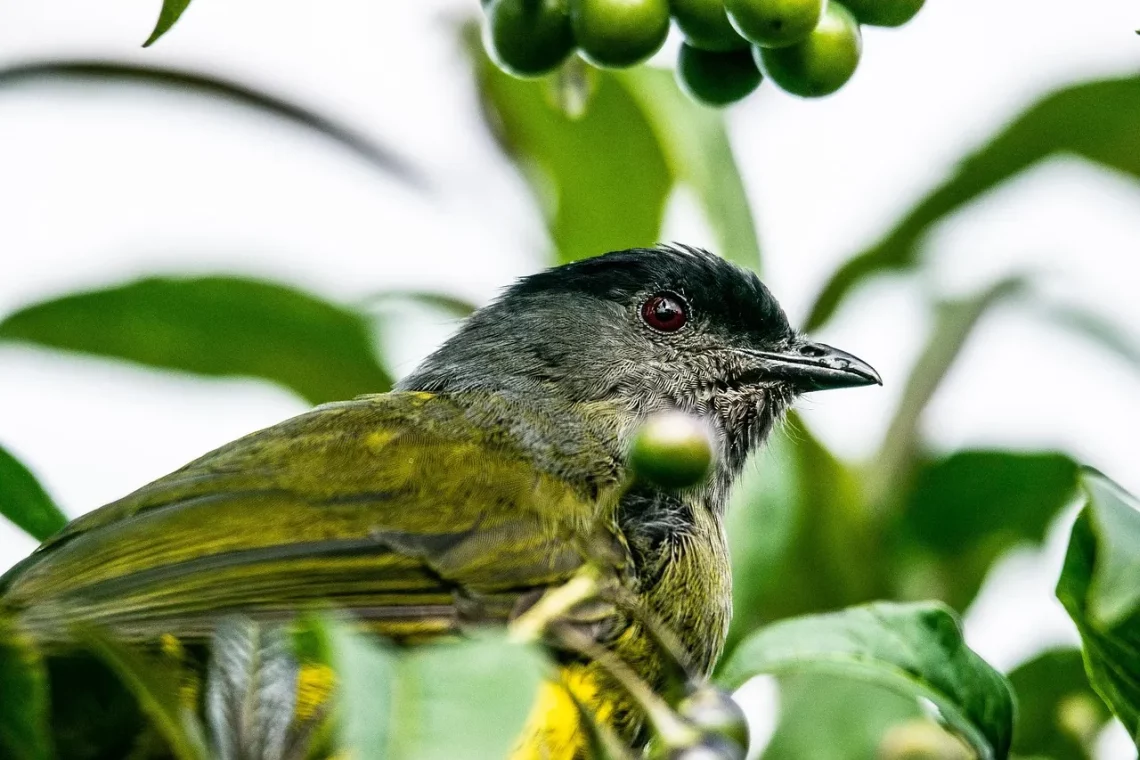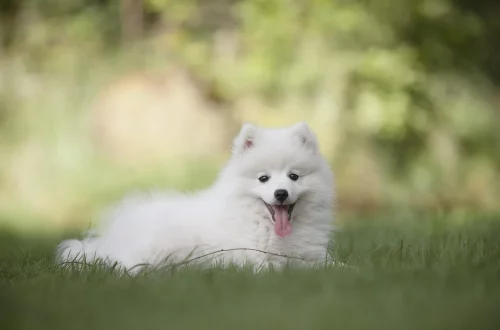
Understanding the Unique Features of a Parrotlet Beak
Understanding the Unique Features of a Parrotlet Beak
Parrotlets are captivating little birds, known for their vibrant personalities and charming behaviors. Among their most distinctive features is their beak, which plays a crucial role in their daily activities and overall well-being. The beak of a parrotlet is not just a tool for eating; it is a multifunctional organ that reflects the bird’s health, feeding habits, and even social interactions.
With a curved and powerful structure, the parrotlet’s beak is designed for cracking seeds, nibbling on fruits, and engaging in playful interactions with their environment. The beak’s coloration and size vary among different species of parrotlets, adding to their allure as pets. Understanding the anatomy and functionality of a parrotlet’s beak can enhance a bird owner’s appreciation for these remarkable creatures. It can also inform better care practices, ensuring that these intelligent birds thrive in captivity.
In this article, we will explore the unique characteristics of parrotlet beaks, their significance in the birds’ lives, and how proper maintenance can contribute to their health and happiness.
The Anatomy of a Parrotlet Beak
The anatomy of a parrotlet’s beak is intricate and specifically adapted to their dietary needs and behaviors. This hard, keratinized structure is composed of two main parts: the upper mandible and the lower mandible. The upper mandible is larger and more curved, while the lower mandible is slightly smaller and straighter. This design allows parrotlets to exert significant pressure when biting and cracking seeds, which is a primary component of their diet.
The beak’s surface is smooth and somewhat glossy, which is a result of the keratin that forms its outer layer. This keratin is not only durable but also helps protect the underlying tissues from wear and tear. The color of the beak can vary significantly among different parrotlet species, ranging from bright yellows and greens to muted browns and grays.
In addition to its aesthetic appeal, the beak serves various functional roles. Parrotlets use their beaks to manipulate objects, forage for food, and even engage in social bonding with their owners and other birds. The beak is also equipped with sensitive nerve endings, which allow parrotlets to gauge the texture and firmness of objects, further enhancing their ability to interact with their environment.
Understanding the anatomy of a parrotlet’s beak provides insight into their behavior and feeding practices. It highlights the importance of providing a varied diet that encourages natural foraging behaviors, allowing these small parrots to thrive both physically and mentally.
Feeding Habits and Diet
A parrotlet’s diet is essential for maintaining the health of its beak and overall well-being. In the wild, these birds primarily feed on seeds, fruits, and vegetables. Their beaks are perfectly adapted to crack open tough seeds, which are a staple in their diet. This dietary preference influences the beak’s strength and shape, allowing parrotlets to access the nutritious contents inside.
When keeping parrotlets as pets, it is vital to replicate their natural diet as closely as possible. A balanced diet should include high-quality pellet food, fresh fruits, and vegetables. Seeds can be offered as treats but should not constitute the entire diet, as they can be high in fat and low in essential nutrients.
Providing a variety of foods not only supports the health of the beak but also encourages natural foraging behavior. Parrotlets are intelligent birds that thrive on mental stimulation. Incorporating puzzle feeders or hiding food in toys can engage their minds and promote physical activity.
Additionally, beak health can be supported through appropriate chew toys and perches. Natural wood perches and toys made from safe materials can help wear down the beak naturally, preventing overgrowth and associated health issues.
Understanding the feeding habits of parrotlets and providing a suitable diet is crucial for maintaining their health and the integrity of their beaks.
Beak Maintenance and Health
Maintaining a parrotlet’s beak is vital for their overall health, and regular monitoring is essential for early detection of potential issues. A well-trimmed beak is important; if it grows too long or becomes misaligned, it can lead to difficulties in eating and can even cause injury.
Regularly observing your parrotlet’s beak will help you identify any changes in color, texture, or shape. A healthy beak should have a smooth surface and a vibrant color. If you notice any abnormalities such as cracks, discoloration, or excessive growth, it is essential to consult an avian veterinarian. They can provide professional beak trimming or treatment if necessary.
In addition to monitoring the beak’s condition, providing appropriate materials for chewing is crucial for natural beak maintenance. Safe wood, cardboard, and other chewable materials can help prevent overgrowth and encourage the natural wearing process.
Hydration also plays a role in beak health. Ensure your parrotlet has access to fresh, clean water daily, as dehydration can lead to dry and brittle beaks.
Lastly, it’s important to provide a stress-free environment for your parrotlet. Stress can adversely affect their health and, consequently, the condition of their beak. Regular interaction, socialization, and mental stimulation can help keep your parrotlet happy and healthy.
Social Interaction and Communication
The beak of a parrotlet is not only a tool for feeding; it also plays a significant role in social interaction and communication. Parrotlets are known for their playful and sometimes feisty personalities, and their beaks are integral to their social behaviors.
In the wild, parrotlets use their beaks to communicate with one another through gentle nibbles and preening. These actions help strengthen social bonds and establish hierarchies within flocks. When kept as pets, parrotlets often use their beaks to interact with their owners, engaging in playful behaviors that can include gentle nipping or beak clacking.
Understanding these social cues can enhance the bond between a parrotlet and its owner. Responding positively to their beak-related behaviors can foster trust and encourage more interactive play. Remember that while parrotlet bites can be playful, they can also be a sign of frustration or discomfort. Being attuned to your bird’s body language and vocalizations can help you better understand their needs and feelings.
Additionally, beak health can affect communication. A bird with an unhealthy beak may have difficulty vocalizing and engaging in social interactions. Therefore, monitoring and maintaining beak health is not just about physical well-being; it’s also essential for emotional and social development.
In conclusion, the unique features of a parrotlet’s beak encompass a wide range of functions, from feeding and maintenance to social interaction. Understanding these aspects can significantly enhance the care and companionship that these delightful birds provide.
**Disclaimer:** This article is for informational purposes only and should not be considered medical advice. If you have concerns about your parrotlet’s health or beak condition, please consult a qualified veterinarian for professional guidance.




